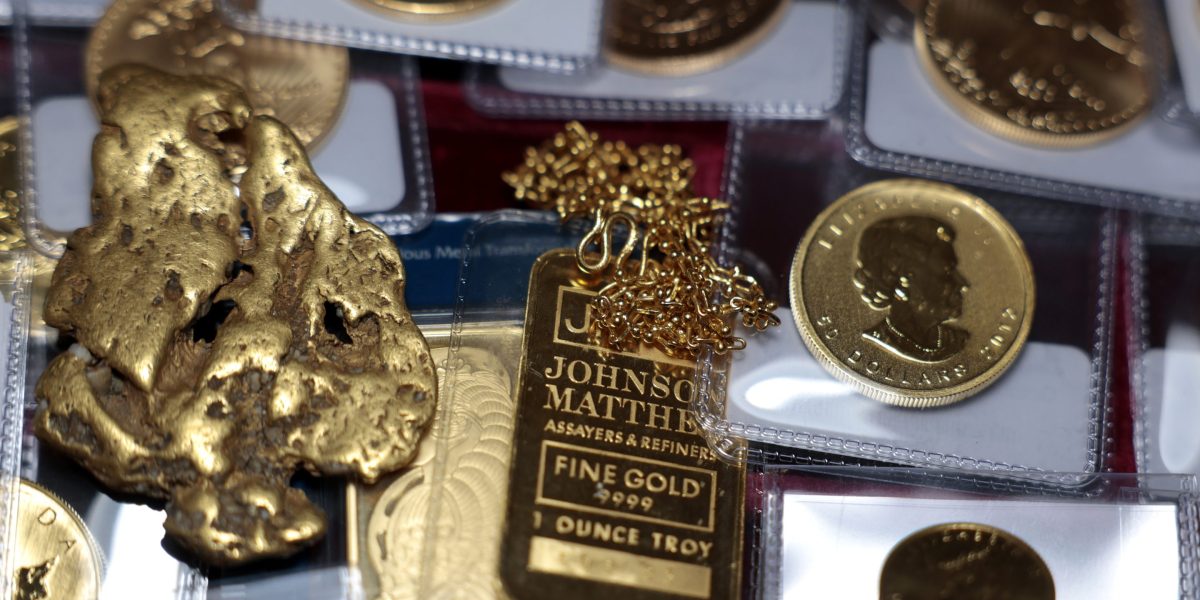After surging nearly 50% so far this year, gold could skyrocket 150% as early as 2028 if its current pace keeps up.
The precious metal topped $4,000 per ounce for the first time ever earlier this week, then got another jolt Friday, when President Donald Trump said he will impose an additional 100% tariff on China and limit U.S. exports of software.
Stocks suffered their worst loss since the height of Trump’s trade war chaos in April. The dollar fell while gold jumped 1.5%, reinforcing its status as a safe haven asset as investors lose confidence in the greenback.
In a note on Monday, market veteran Ed Yardeni, president of Yardeni Research, went over his earlier bullish calls on gold, which has repeatedly reached his forecasts ahead of schedule.
During that time, he cited gold’s traditional role as a hedge against inflation, central banks de-dollarizing after Russia’s assets were frozen, the bursting of China’s housing bubble, as well as Trump’s trade war and his attempts to upend the world’s geopolitical order.
“We are now aiming for $5,000 in 2026,” Yardeni added. “If it continues on its current path, it could reach $10,000 before the end of the decade.”
Based on gold’s trajectory since late 2023, the price could reach the $10,000-per-ounce milestone sometime between mid-2028 and early 2029.
Gold has also gotten a lift recently from the Federal Reserve’s pivot back to rate cuts last month, with policymakers shifting more attention to the stagnating labor market and away from fighting inflation, which has remained stubbornly above their 2% target amid Trump’s tariffs.
While the Fed hasn’t signaled an aggressive easing cycle, the prospect of more rate cuts while GDP growth remains strong has added to inflation concerns.
At the same time, soaring debt among top developed economies, including the U.S., has turned investors skittish on global currencies. That’s fueled a so-called debasement trade that bets on precious metals and bitcoin assuming governments let inflation run hotter to ease debt burdens.
In a note on Wednesday, Capital Economics climate and commodities economist Hamad Hussain said “FOMO” is creeping into the gold trade, making it harder to objectively value the metal. He expects prices to continue rising, though the pace of gains will slow as key tailwinds weaken.
On the bullish side, Hussain pointed to Fed rate cuts, geopolitical uncertainty, and fiscal sustainability concerns. On the other hand, he noted the recent gold rally came as the dollar was stable (until Friday) with inflation-protected bond yields higher—telltale signs of market exuberance.
“As ever, the lack of an income stream makes it notoriously hard to value gold objectively,” he said. “On balance, we think that gold prices will probably grind higher in nominal terms over the next couple of years.”




